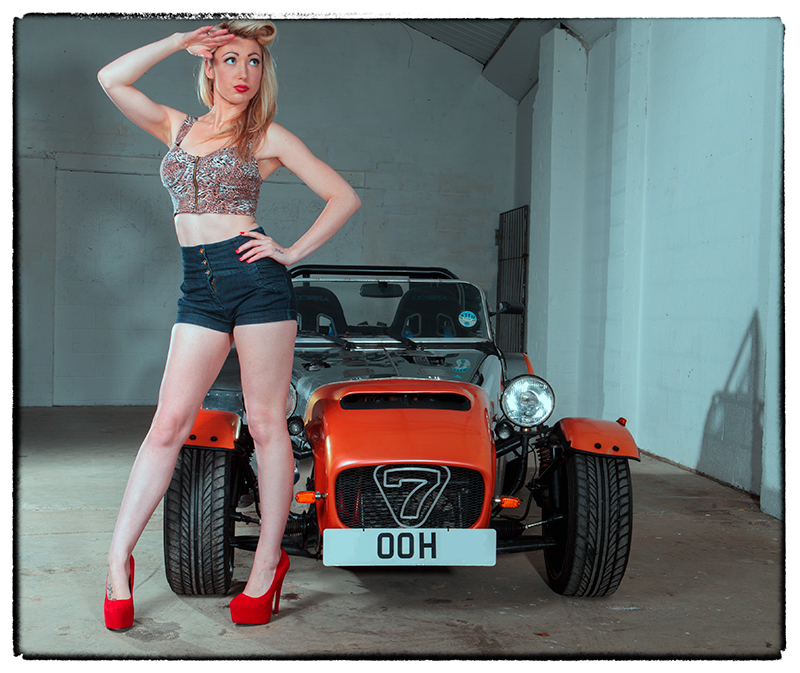A number of things have all conspired, yes conspired – not inspired, me to attempt this shoot.
There has been lots of talk about how we should, as photographers or other creatives, adapt with the times and embrace new technologies. To an extent, I would agree, but we as a society risk loosing so much of our heritage in the blind pursuit of modernism. If we look around us at the the landscape and it’s architecture we see castle’s and manor houses that are hundreds of years old but are still functional and impressive. Admit it, all of us at one time have wanted to live in a castle! Compare this to the buildings of the last century, these were build to meet a need, often quickly built and embracing new technologies (mmm concrete – so sexy…) Which one of these designs has lasted better I ask you?
Now look at our transport systems…which looks better steam or electric trains? Which would you rather travel on – now be realistic, if you are on a commute to work it is going to be the electric train. However this doesn’t mean we should discard the old technology but we accept that each has it place.
With shooting pictures there is a huge fight to have the latest, fastest, biggest mega-pixel camera we can, People sell kidneys and distant relatives to always keep up with the latest trend. We now have camera’s that can take pictures in almost pitch darkness and boast sensors of 18 or more mega pixels that can record a gazillion colours (shame our eyes cannot isn’t it?).
Look back through pictures that have defined history for us, they are shot on 35mm camera’s or the bulkier Medium Format or even Large Format field camera’s. Am I advocating that we all step back to this technology? Not at all, but we should perhaps look at the images we create. So we can now create an image the size of a small house with eye watering sharpness and a veritable rainbow of colours, the question is do we need to? Surely we need to consider the QUALITY of the image we create, not it’s technical quality but its aesthetic qualities, does it work as an image? will people see it and understand what you are trying to achieve?

So when I shoot the pin up shoot I will be using a vintage car, I may shoot some of it on film, I will shoot most of it using the Canon 5d2 as it allows me to instantly see what I am doing and also is more cost effective. I will be lighting it using modern flashes / strobes. Do I want a technically perfect image from it? Not really, I want the viewer to look at it and think nice car, gorgeous model – rather than them remarking on the wide gamut of images, the fact you can zoom in and see the eye lashes on my model……..it’s not about the finer details it is about the whole image. It is a reminder of the 1950’s as they never were…..yes I am creating a fantasy but I also want to create a reality that almost was…..